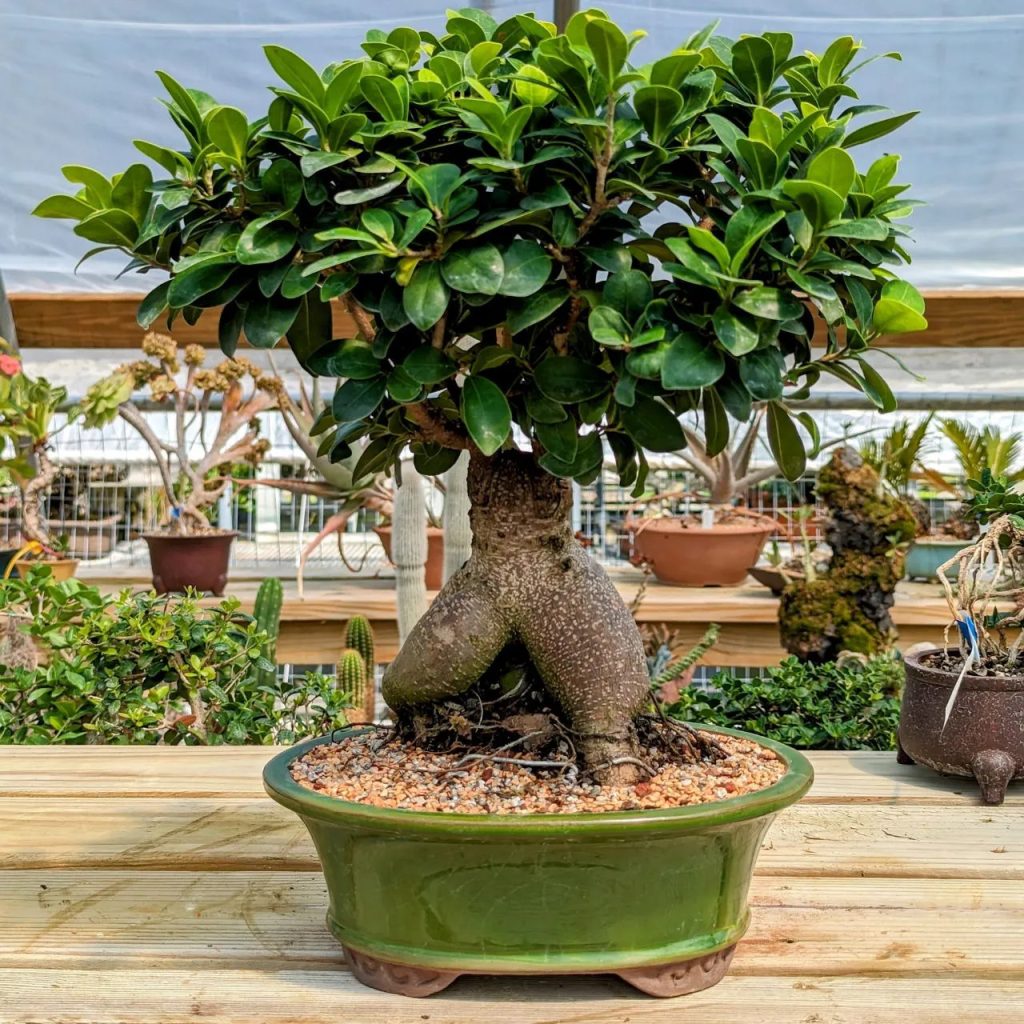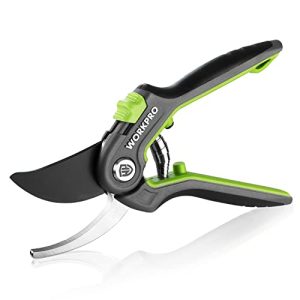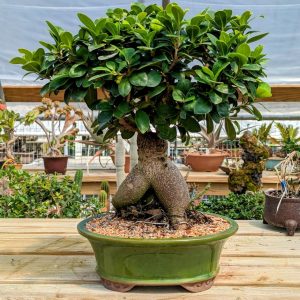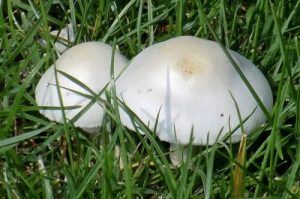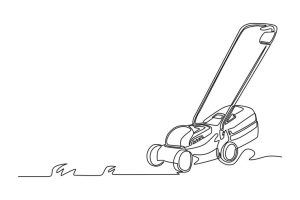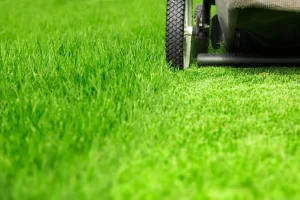Have you ever walked into a room and noticed a small, intricately shaped tree sitting quietly on a table, exuding an aura of tranquility and elegance? You might have been looking at a bonsai.
But what if you come across a Ficus Ginseng and wonder, “Is this a bonsai? ” You’re not alone. This captivating plant has puzzled many enthusiasts and beginners alike. You’ll uncover the secrets of the Ficus Ginseng and understand its connection to the world of bonsai.
We’ll peel back the layers of misconception and reveal the surprising truth about this popular plant. By the end, you’ll have a clear understanding that might just inspire you to add one to your collection—or to appreciate the one you already have in a whole new light. Dive in, and let’s explore the fascinating world of Ficus Ginseng together!

Credit: brusselsbonsai.com
Ficus Ginseng Explained
Ficus Ginseng, often mistaken for bonsai, is a popular choice for indoor plants. Its thick roots and small leaves make it ideal for bonsai styling. Many enthusiasts appreciate its unique form and easy maintenance.
The Ficus Ginseng is a fascinating plant with a unique aesthetic that often draws people into the world of bonsai. But is it truly a bonsai? Understanding the characteristics and care of a Ficus Ginseng can help clarify this question. Let’s dive into what makes this plant special and how it fits into the bonsai family.What Is A Ficus Ginseng?
The Ficus Ginseng is a variety of the Ficus family, known for its thick, bulbous roots and small, glossy leaves. These roots resemble ginseng roots, which is where the plant gets its name. Its intriguing appearance makes it a popular choice for indoor gardeners.Is Ficus Ginseng Considered A Bonsai?
Yes, a Ficus Ginseng can be cultivated as a bonsai. While it naturally grows much larger, it can be trained and pruned to maintain a miniature size. This process of shaping and nurturing the plant aligns with the art of bonsai.Why Choose Ficus Ginseng For Bonsai?
Ficus Ginseng is hardy and forgiving, making it ideal for beginners. Its resilience allows it to thrive indoors with minimal fuss. Plus, its roots and leaves create a striking visual impact that is both exotic and elegant.Basic Care Tips For Ficus Ginseng
Water the plant when the soil feels dry to the touch. Ensure it gets plenty of indirect sunlight to maintain vibrant leaves. Regular pruning helps retain its shape and encourages healthy growth.Common Mistakes To Avoid
Avoid overwatering, which can lead to root rot. Do not place it in direct sunlight as this can scorch the leaves. Neglecting to prune can cause the plant to lose its bonsai form.Personal Experience With Ficus Ginseng
When I first got my Ficus Ginseng, I underestimated the importance of light. I kept it in a dim corner, and it began to droop. Once I moved it to a brighter spot, it flourished. This taught me that small adjustments can make a big difference.Is Ficus Ginseng Right For You?
Consider your ability to provide the right environment for growth. Do you enjoy regular plant maintenance and care? If the answer is yes, a Ficus Ginseng bonsai could be a rewarding choice for you.Characteristics Of Bonsai
Bonsai is an art form that involves cultivating miniature trees. It requires careful attention to detail and a deep understanding of the tree’s needs. The Ficus Ginseng is often mistaken for a traditional bonsai due to its unique features. But what truly defines a bonsai?
Bonsai trees are known for their compact size. They often grow in small pots, requiring limited space. This makes them perfect for indoor gardens or small apartments.
Leaf Structure
Bonsai leaves are typically smaller than those of regular trees. Small leaves maintain the proportion of the tree. They enhance the aesthetic appeal of bonsai.
Trunk Size And Shape
A thick trunk is a hallmark of a bonsai tree. The trunk often twists or bends, mimicking an ancient tree. This gives the bonsai a mature and aged appearance.
Root System
Bonsai trees have a shallow root system. This is due to the limited soil in their pots. The roots spread horizontally, providing stability.
Branch Structure
Bonsai branches are carefully pruned and shaped. They can be twisted or bent to create a desired form. Each branch is strategically placed to ensure balance.
Overall Proportion
Proportion is crucial in bonsai creation. The tree must look harmonious and balanced. Every element contributes to its miniature, yet majestic appearance.
Ficus Ginseng As A Bonsai
Ficus Ginseng is a popular choice for bonsai enthusiasts. Its unique appearance and manageable size make it ideal for indoor spaces. This plant is often mistaken for a different species due to its distinctive features.
Growth And Care
Ficus Ginseng requires minimal care, making it beginner-friendly. It thrives in bright, indirect light and prefers warm temperatures. Water it when the soil feels dry to the touch. Avoid overwatering to prevent root rot. Fertilize during the growing season for best results. Regular pruning helps maintain its shape and encourages new growth.
Aesthetic Appeal
The thick, bulbous roots of Ficus Ginseng are striking. These roots give the plant a unique appearance. Its glossy, oval leaves add to its charm. The tree’s compact size fits well in small spaces. This makes it a perfect decorative piece for homes and offices. Its elegant look adds a touch of nature indoors.
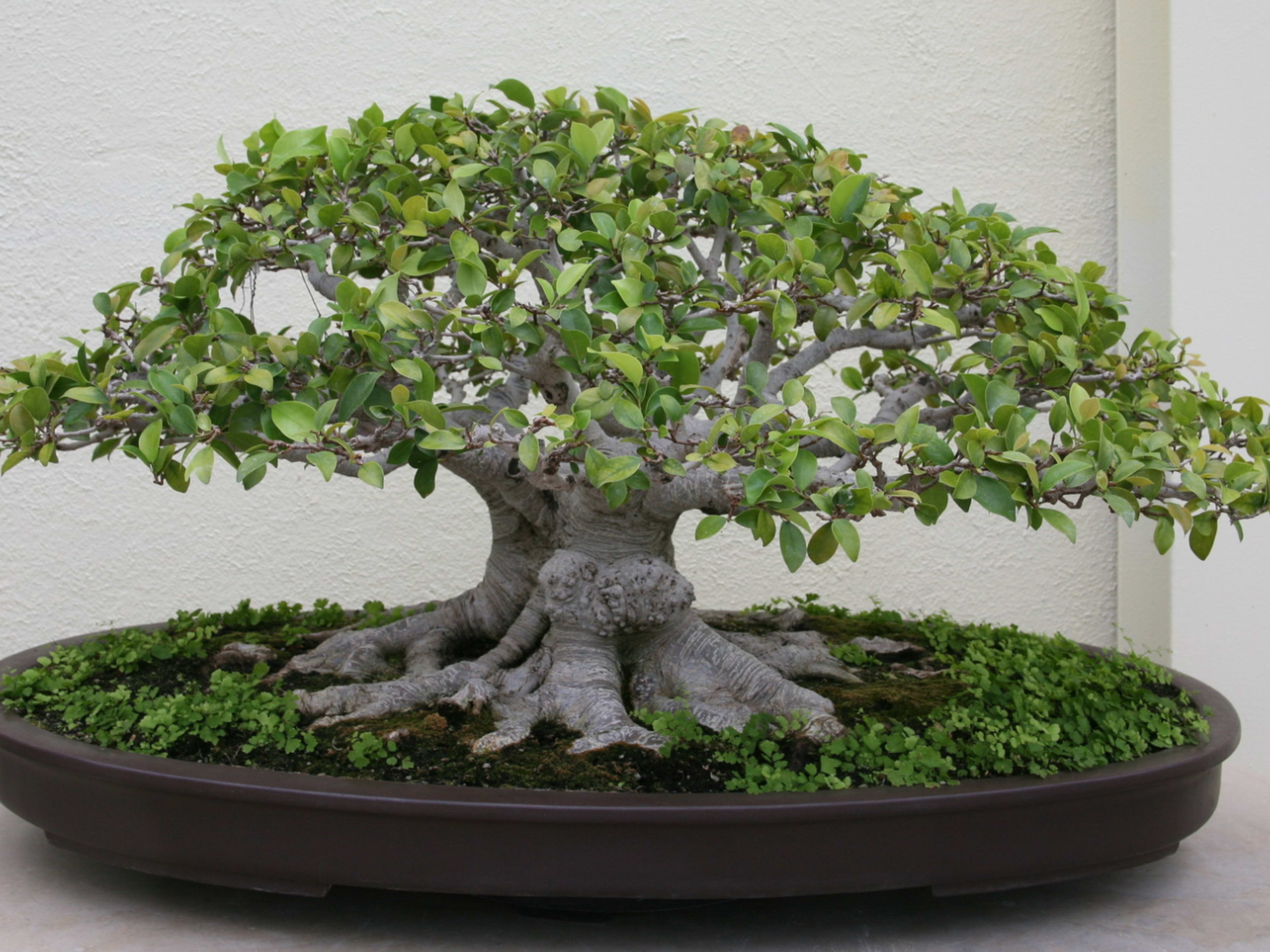
Credit: dengarden.com
Comparing With Other Bonsai Types
The Ficus Ginseng is often debated among bonsai lovers. Many wonder if it truly fits the bonsai category. Its unique look and structure make it stand out. To understand its place, compare it with other bonsai types. Each bonsai type has distinct characteristics that make them special. Let’s explore how Ficus Ginseng compares.
Ficus Retusa
Ficus Retusa is a popular bonsai choice. It has smooth, dark leaves and a sturdy trunk. Its roots are exposed, adding to its charm. This type is easy to care for. It grows quickly, making it great for beginners.
Compared to Ficus Ginseng, Retusa has a more refined look. Ginseng has thicker roots, giving it a different aesthetic. Both types are visually appealing, yet they offer distinct styles.
Ficus Microcarpa
Ficus Microcarpa is another beloved bonsai type. Known for its dense foliage, it creates a lush appearance. It forms aerial roots, adding depth to its design. This type is often used for indoor displays.
Microcarpa and Ginseng share some traits. Both have strong, striking roots. Yet, Microcarpa tends to have smaller leaves. This gives it a delicate appearance. Ginseng provides a bolder look, with its robust roots.
Overall, each Ficus type offers unique beauty. Their differences highlight the variety within bonsai cultivation. By comparing them, one appreciates the artistry involved in bonsai design.
Common Misconceptions
Many people confuse Ficus Ginseng with traditional bonsai trees. This often leads to misunderstandings about its care and growth. Let’s explore common misconceptions surrounding this unique plant.
Ficus Vs. Other Bonsai
Ficus Ginseng differs from other bonsai species. Its thick roots and glossy leaves stand out. Many bonsai enthusiasts appreciate its easy maintenance. Other bonsai types can be more demanding. Ficus Ginseng grows faster than many traditional bonsai. This trait makes it popular among beginners. Its resilience also sets it apart from other bonsai varieties.
Indoor Vs. Outdoor Growth
Ficus Ginseng adapts well to indoor environments. Many people assume all bonsai thrive outdoors. Ficus Ginseng prefers warmer indoor settings. Outdoor growth is possible in tropical climates. But, it must be protected from extreme temperatures. Indoor growth offers more control over conditions. This flexibility makes it ideal for apartment living. Regular watering and light are essential for indoor health.
Benefits Of Growing Ficus Ginseng
Ficus Ginseng, often known as a bonsai, is a popular choice. Its unique appearance and manageable size make it ideal for homes. Growing Ficus Ginseng offers several benefits that enhance your living space. These benefits range from ease of maintenance to health advantages.
Ease Of Maintenance
Ficus Ginseng requires minimal care, making it perfect for beginners. It thrives indoors with basic light and water conditions. Its hardy nature means it can adapt to most environments. Pruning is simple, allowing you to shape it easily. This plant’s resilience makes it a low-stress addition to any home.
Health Benefits
Ficus Ginseng improves air quality by absorbing toxins. It releases oxygen, creating a healthier environment. The plant also adds humidity, which benefits skin and breathing. Caring for it can reduce stress and improve mental well-being. Its presence can bring a sense of calm and tranquility.
Tips For Beginners
Ficus Ginseng, a popular choice for bonsai enthusiasts, offers easy care and appealing aesthetics. Its thick roots and compact foliage make it ideal for beginners exploring bonsai art. Understanding its basic needs ensures healthy growth and an attractive appearance.
If you’re starting your bonsai journey with a Ficus Ginseng, you’re in for a rewarding experience. This unique plant, with its bulbous roots and lush foliage, can be a great introduction to the art of bonsai. Whether you’re drawn to its exotic appearance or its reputation for being beginner-friendly, understanding the basics will help you cultivate a thriving bonsai. Here are some essential tips to guide you through your first steps.Choosing The Right Plant
Select a healthy Ficus Ginseng from a reputable nursery or garden center. Look for vibrant green leaves and firm roots. Avoid plants with yellowing leaves or signs of pests. Consider the size. Smaller plants are easier to manage initially. You can always expand your collection as you gain confidence. Ask yourself what speaks to you about the plant. Is it the root structure or the leaf formation? This connection can motivate you to care for it.Basic Care Guidelines
Place your Ficus Ginseng in a location with bright, indirect light. Direct sunlight can scorch the leaves, while too little light might stunt growth. Watering is crucial. Allow the topsoil to dry slightly between watering. Overwatering can lead to root rot, a common pitfall for beginners. Feed your plant with a balanced fertilizer every few weeks. This provides essential nutrients for growth and health. Engage with your plant. Observe its response to care changes. Is it thriving or showing signs of stress? Adjust accordingly. Starting with a Ficus Ginseng can be a learning curve, but it’s also an opportunity to develop your green thumb. With patience and attention, you can shape your bonsai into a beautiful work of living art. What’s your next step in this green journey?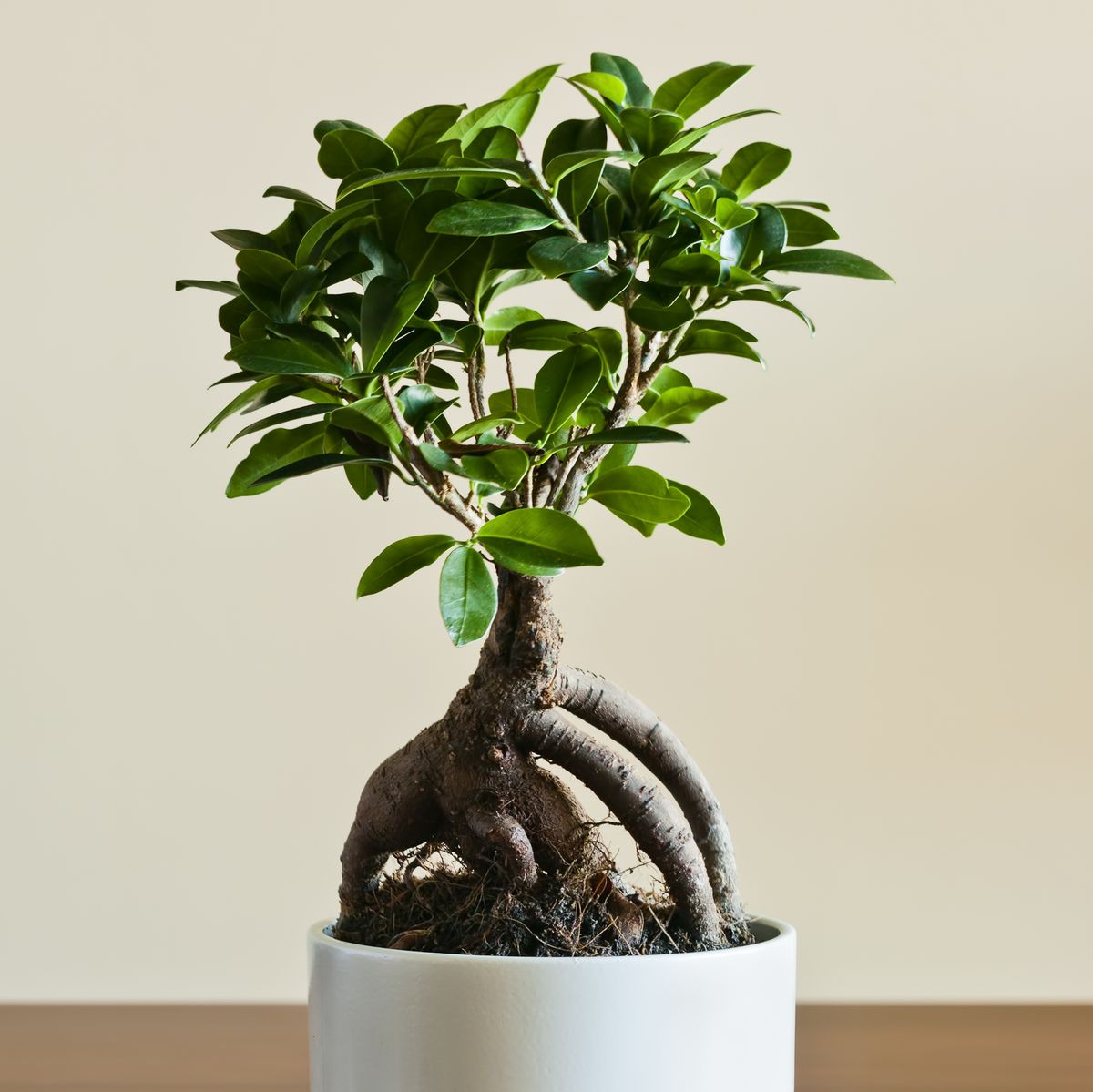
Credit: www.housebeautiful.com
Frequently Asked Questions
Is Ginseng Ficus A Bonsai?
Yes, ginseng ficus can be grown as a bonsai. It’s a popular choice due to its unique trunk. The plant is easy to care for and suitable for beginners. It thrives indoors and requires minimal maintenance, making it ideal for bonsai enthusiasts.
Is Ginseng A Type Of Bonsai?
Ginseng is not a type of bonsai. Bonsai refers to miniature trees grown in containers. Ginseng is an herbal root known for its medicinal benefits. These two are entirely different in purpose and cultivation. Ginseng is often used in health supplements, while bonsai is cultivated for aesthetic beauty.
Is A Ficus Plant A Bonsai Tree?
A Ficus plant is not a bonsai tree by default. You can train a Ficus to become a bonsai. It requires careful pruning, wiring, and maintenance. Many bonsai enthusiasts prefer Ficus for its adaptability and resilience. Transforming it into bonsai enhances its aesthetic appeal and artistic value.
What Qualifies As A Bonsai?
A bonsai is a small tree grown in a container, artistically pruned and shaped. It mimics the appearance of full-sized trees. Proper care, including watering, fertilizing, and trimming, is essential for maintaining its miniature size. Bonsai reflects the harmony between nature and human creativity.
Conclusion
Ficus Ginseng makes a beautiful bonsai. Its roots stand out. They create a unique look. Perfect for indoor spaces. Easy to care for. It needs light and water. Not much else. Great for beginners. A lovely addition to any room.
Enjoy its beauty and charm. Watch it grow, day by day. A rewarding experience. Bonsai enthusiasts love it. Appreciate its natural elegance. Perfect for your home or office. A living piece of art. Ideal for a peaceful atmosphere. Ficus Ginseng is a bonsai worth having.
Embrace its simplicity and grace.

